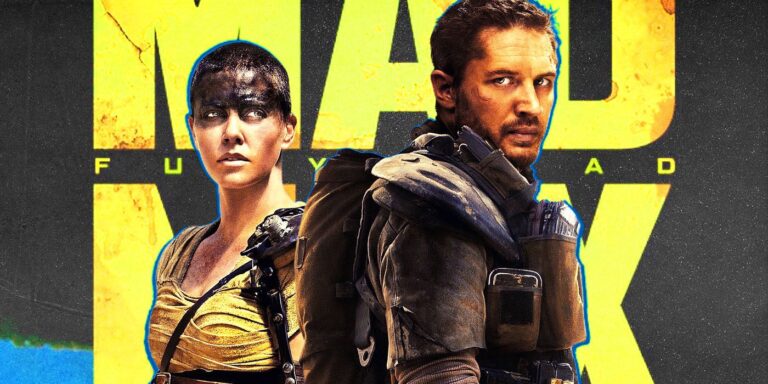Summary
-
Mad Max: Fury Road
is unique in that it’s low on dialogue. - Less dialogue lets another beloved aspect of the
Mad Max: Fury Road
to shine. -
Mad Max: Fury Road
has since started a trend that other movies have followed.
Movie making has come a long way since those early days of silent films, where the dialogue would be spelled out on title cards, keeping the audience up to date with the narrative through limited text-based prompts. In those days, visual storytelling was far more effective, with slapstick comedy, over-the-top acting, and dramatic set pieces all becoming focal points of those films. It was a different era, but for many, it was also a high point of the art form and one that took advantage of cinema as a visual medium. Indeed, the debate has gone on about the use of sound design, dialogue, and music and how effective they are in framing a narrative. For some filmmakers, there’s nothing more powerful than the visual image itself.
Mad Max: Fury Road is one of those movies that changed the game without audiences fully realizing it at the time. As a return to a franchise that had long since been dormant, it’s an incredible spectacle of brand-building. But it’s not just its financial success that makes it such an outlier. It’s also its ability to break from tradition and buck the trends of Hollywood blockbusters of the time that made it instantly iconic. In that conversation about the use of sound in cinema and specifically character interactions, Mad Max: Fury Road is a surprising example to draw from, but one that makes a very strong argument for a specific school of thought within the industry. With Furiosa: A Mad Max Saga launching worldwide, those same conversations are surfacing once more, with the spinoff taking so many of its technical cues from the 2015 hit return to the saga.
Mad Max: Fury Road Is Deliberately Visually Led
- There was a 30-year gap between George Miller’s Mad Max movies.
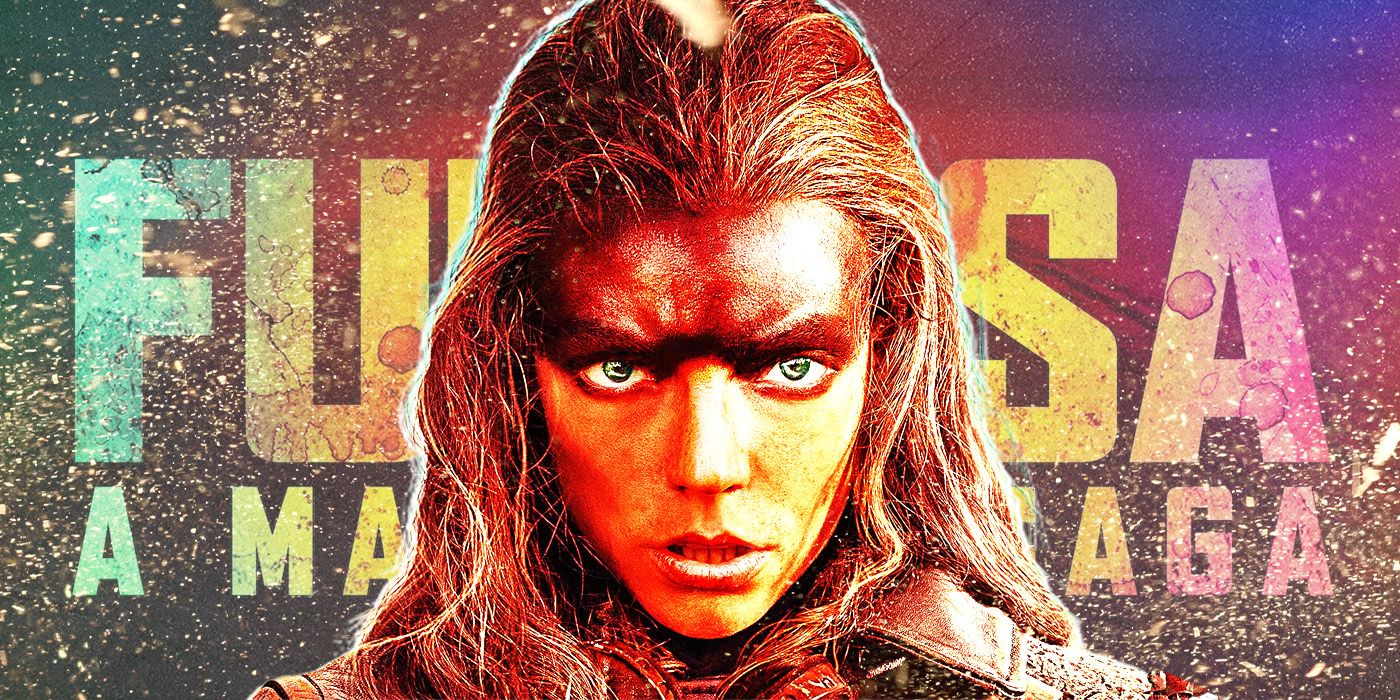
Furiosa Director Reveals Surprising Number of Lines for Anya Taylor-Joy
Furiosa: A Mad Max Saga director George Miller reveals how many lines of dialogue Anya Taylor-Joy has in the film.
Put simply, the characters in Mad Max: Fury Road don’t talk all that much. It seems strange to say, but viewers have genuinely counted how many times characters actually deliver lines of dialogue, and the titular lead speaks even less than most. Much like the Mad Max movies of the past, Mad Max: Fury Road gets so much of its story across through the visuals alone. Director George Miller worked with a script that packed in momentum throughout, moving from one action set piece to the next with a sense of gritty realism. There’s nothing polished about this apocalyptic flick, and every choice that’s been made has the most impact on screen, with a stylized aesthetic throughout. With the reds, oranges, and yellows of the desert painting a beautiful canvas to work on, Mad Max: Fury Road’s unique style is heavily based on color and shape. The harsh, jagged edges of the costumes and vehicles that give the landscape its character are so stunningly contrasted with the softer backdrops, which are ironically just as hostile. The eye is drawn to so many aspects of every frame, with a visual overload at certain points, but these sequences say so much about the characters and the way they interact with one another.
Indeed, so many of the character choices are action-led and aren’t always articulated through words. Max, for example, shows his true sense of character, protecting those women traveling through the desert for a better tomorrow. He doesn’t need to verbalize his changing opinion or make note of his evolution, but rather, the film simply shows audiences. With such gorgeous backdrops, inventive props, and incredible costume and makeup work, alongside the physicality of the performers themselves, it seems appropriate that the director wants the audience to watch what unfolds rather than listen to it. That isn’t to say that the audio design doesn’t work in harmony with the pictures, but this intricate sound edit doesn’t make much room for the human voice but rather has a melody of engines and metal. In such a barren world, where survival is on the mind at any given moment, it makes complete sense that many of the scenes are more active in nature, with humankind going back to an almost animalistic state. It’s the body language and physical cues that tell the story, and the way these characters interact with their surroundings. It seems, therefore, that dialogue wasn’t needed at all.
The Film Reminds Viewers That Cinema Is a Visual Medium
- Mad Max: Fury Road contains roughly 2000 VFX shots
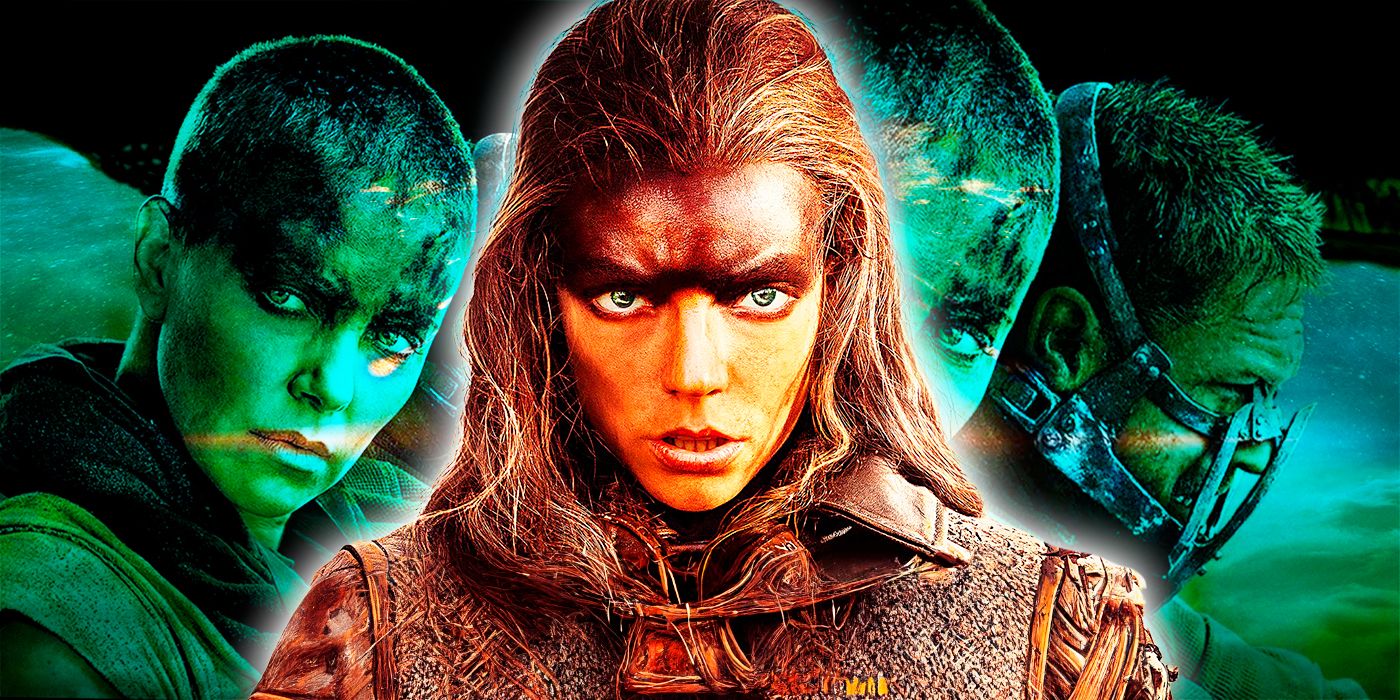
The Creator of Mad Max and Furiosa Has One of Hollywood’s Strangest Careers
The creator of Mad Max is an Australian legend who also created several hit films in a variety of unexpected genres.
So it seems that dialogue isn’t necessary in creating a masterpiece, as Mad Max: Fury Road gained so many of its accolades because of its commitment to what cinema really is; a visually led medium. It establishes a school of thought that has always been around but brings it into the mainstream. It does away with over-the-top CGI, relies upon practical effects, real sets, and a lack of blue screen, and grounds everything in that physicality once more. It’s a technique that greats like Christopher Nolan have also stuck to, but George Miller’s vision was so singular that everything comes together like one big machine that’s just been oiled. Of course, Mad Max: Fury Road is not without its flaws, but it stands out starkly compared to other blockbusters of the era. In the height of the likes of the Marvel Cinematic Universe, where witty dialogue, comedic back and forth, and heroic one-liners are king, there’s something rather refreshing about Mad Max: Fury Road. It only works because of that creative vision and the sheer talent of all the production team in perfecting their own areas of the art form.
Mad Max: Fury Road is thus a celebration of what cinema could be, paving the way for other movies in the mainstream in the years ahead. The fact that the film had such success at the box office and that audiences didn’t need the tropey action dialogue they had become used to only empowered those that already subscribed to this school of thought to keep on pushing forward with it. Actors like Chris Hemsworth have come forward to speak on how operating in the Mad Max world is so different from other action flicks out there, and the franchise wears that differentiation as a badge of honor. For George Miller, it’s a sign that the medium is working as it should and that there’s an audience out there for this style of filmmaking. One that also treats its viewers as intelligent, thinking beings and doesn’t spoonfeed anything. In fact, Mad Max: Fury Road, despite the archetypes of an action film, is a beautiful education in media literacy. The way action sequences evolve from one moment to the next, with a sense of continuity, drive, and eye on character, demonstrates what the genre could become in the right hands.
Other Recent Hits Have Followed This Trend
- Tom Hardy has only 63 lines of dialogue in Mad Max: Fury Road.

How Furiosa Will Differ from Mad: Max Fury Road
The hotly anticipated Furiosa promises to move the venerable Mad Max franchise in a whole new direction. Here’s what’s different about the new film.
Thankfully, studios learned many of the right lessons from Mad Max: Fury Road and didn’t simply drive into the post-apocalyptic genre or attempt to make Mad Max something that it wasn’t. Instead, other moviemakers were given the go-ahead to try to emulate this style or to commit themselves to their own visions of what cinema could be. The John Wick saga is a stunning example of that, with the series going from strength to strength in the years since Mad Max: Fury Road’s release date but never having to rely on dialogue to develop its characters. John Wick: Chapter 4, widely considered to be the best of the series, boasts less than 400 words for the lead character, and yet his heartache, tiredness, struggles during difficult decision-making, and longing for peace read on the screen so vividly. Quentin Tarantino’s Once Upon A Time In Hollywood took a similar approach to Margot Robbie’s Sharon Tate, with the movie coming under fire for its lack of dialogue for the female lead, despite the fact that her arc was so lovingly crafted.
It’s not a style for everyone, but other directors have made real moves in Hollywood by committing themselves to this vision of cinema. Denis Villeneuve, for instance, put out the wonderfully complex Blade Runner: 2049, which is aesthetically sublime and again light on dialogue. And then, he moved forward with Dune, which at first divided audiences, before Dune: Part II showed the real strengths of his technique. Relying on gorgeous cinematic moments such as that black-and-white fight sequence, Villeneuve created an epic sci-fi adventure without gags and jokes or too much in the way of verbal diplomacy. The characters saved their breath, making each line that much more important when it was finally spoken. This kind of moviemaking allows a director to actually direct the audience to look where they wish them to and listen when it matters. Mad Max: Fury Road showed how effective that could be, but Dune: Part II might be the modern pinnacle of that technique thus far since the 2015 hit’s release.
Mad Max Left a Mark on the Mainstream For Future Films to Learn From
- Anya Taylor-Joy has 30 lines across Furiosa: A Mad Max Saga.
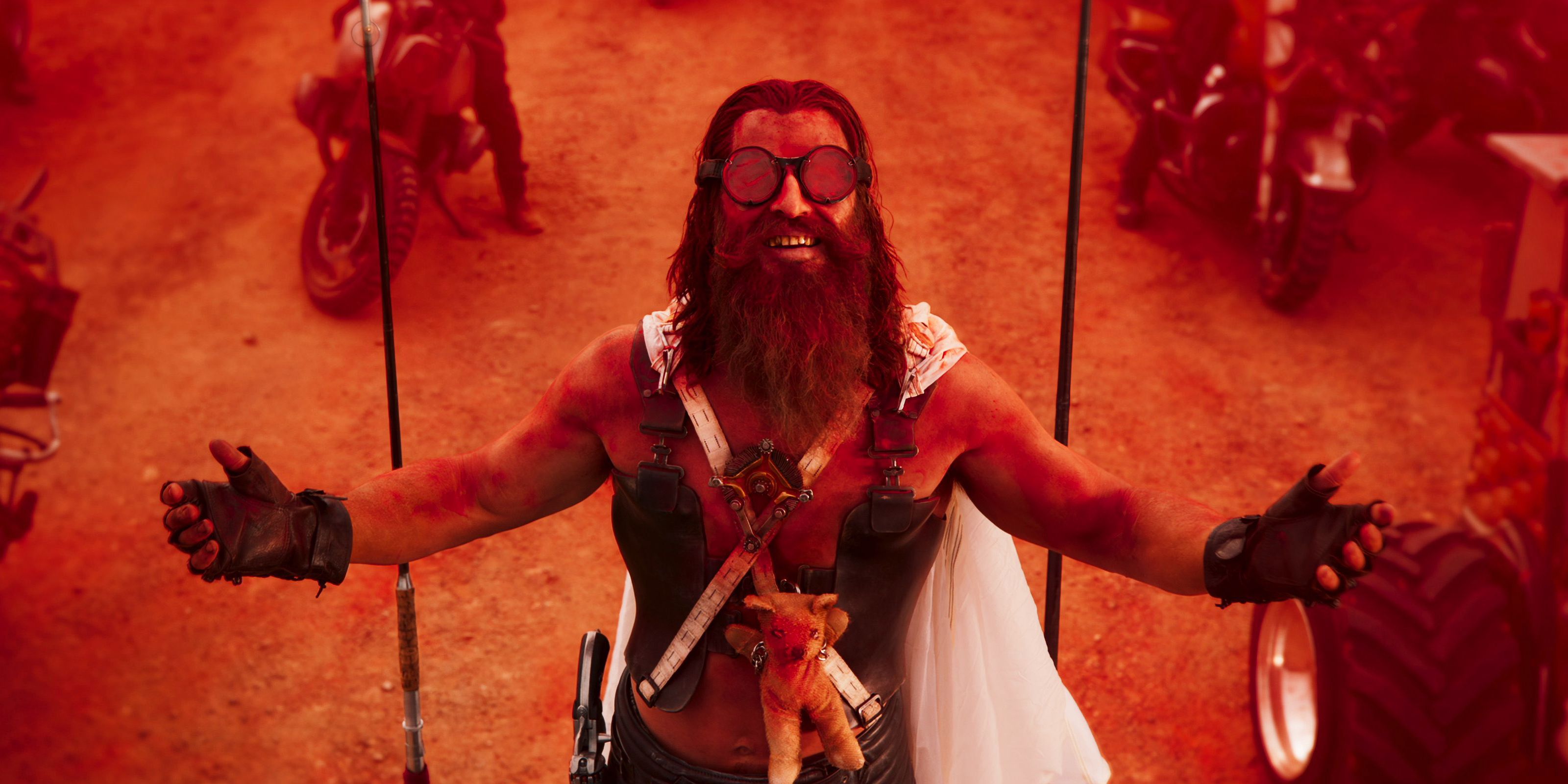
Chris Hemsworth Was Not the First Pick for Dementus in Furiosa, Says Director
Chris Hemsworth initially wasn’t the actor George Miller had in mind to play Dementus in Furiosa.
It’s hard to deny that Mad Max: Fury Road left an impression on cinema that many feel takes the medium back to its roots. There were surely movies that achieved something similar before Mad Max: Fury Road’s release, and there are certainly movies since that may have even done it better. But Mad Max: Fury Road can be held up as a major moment of change and evolution for the industry. One that really demonstrated the potential of visually-led filmmaking in the modern landscape, with both audiences and critics reacting positively to what it had to offer. There are so many video essays and written explorations of all the tiny tricks that Mad Max: Fury Road manages to pull off that allowed it to become the masterpiece it is heralded as today, despite its troubled production. But really, at its core, the George Miller picture is a calling card to that school of thought, showing others that anything is possible within the medium and that big-screen filmmaking should be honored with these tools and techniques.
Furiosa: A Mad Max Saga continues to stick to this way of thinking because of its connection to the original movie, and there are sure to be other releases in the coming years that carry the legacy of Mad Max: Fury Road. Some, such as Challengers, have already toed the line of the expectations regarding dialogue in drama and how the visuals and sound design can be reinvented in a completely different genre. Perhaps that’s the next stage of this, as those lessons learned within the binge-worthy action franchise are suddenly applied to unusual categories, reframing the understanding of cinema once more. There’s a place for quality dialogue, of course, there is. There are so many comedies, dramas, and, indeed, apocalyptic spectacles that would be nothing without those painstakingly curated lines. But variation, especially in an industry so set on following formulas, is ever so welcome, and Mad Max: Fury Road should be thanked for showing a different way on such a grand stage.
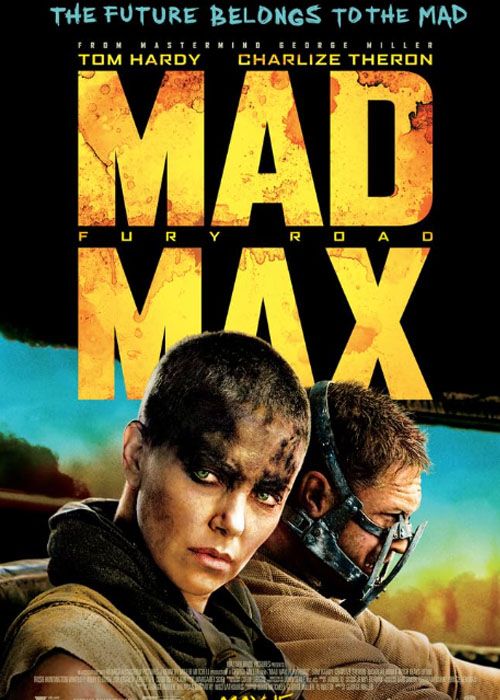
Mad Max: Fury Road
In a post-apocalyptic wasteland, a woman rebels against a tyrannical ruler in search for her homeland with the aid of a group of female prisoners, a psychotic worshiper and a drifter named Max.
- Director
- George Miller
- Release Date
- May 7, 2015
- Cast
- Charlize Theron , Tom Hardy , Nicholas Hault , Zoë Kravitz
- Writers
- George Miller , Brendan McCarthy , Nick Lathouris
- Runtime
- 2 Hours
- Main Genre
- Action
- Production Company
- Village Roadshow Pictures, Kennedy Miller Productions

